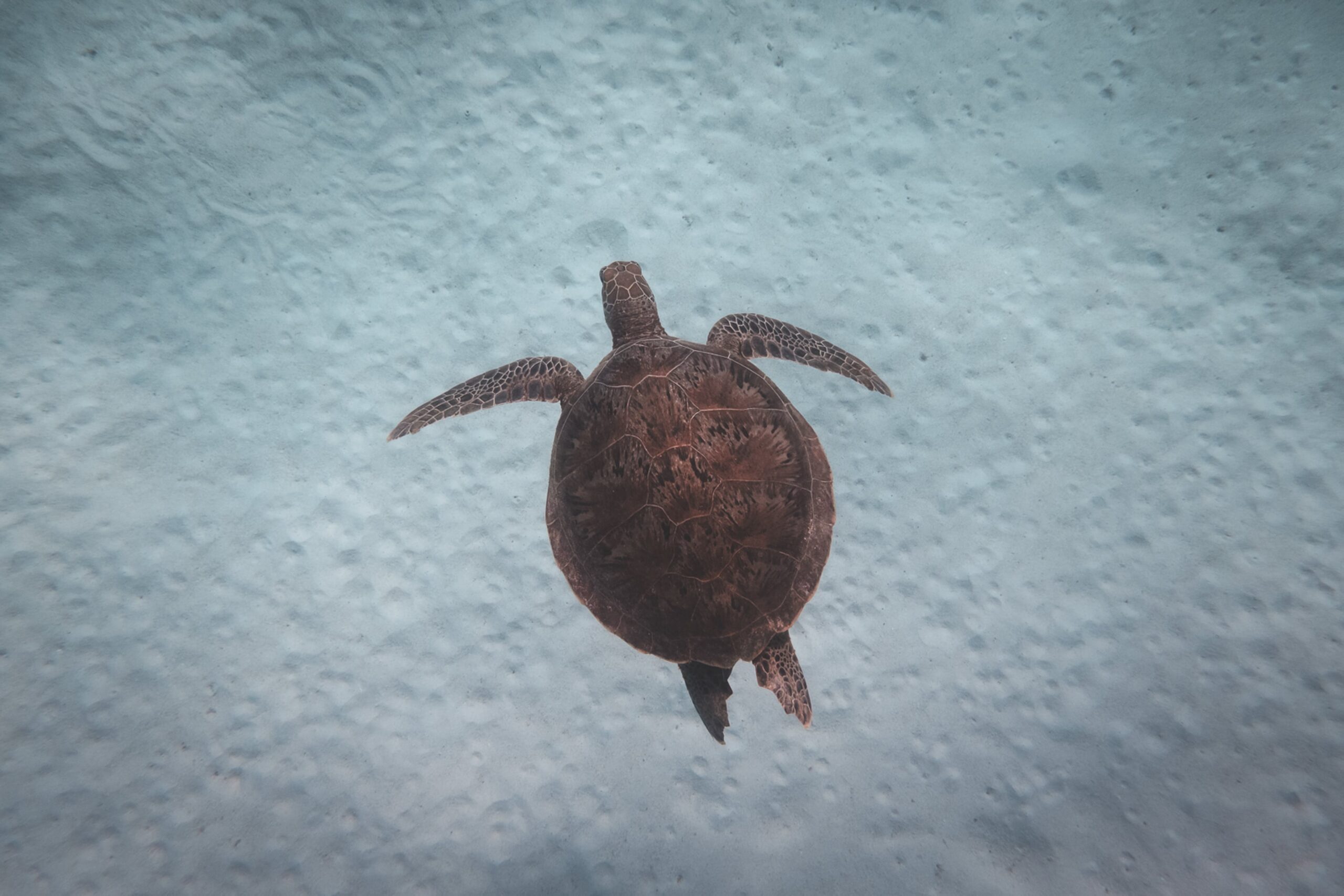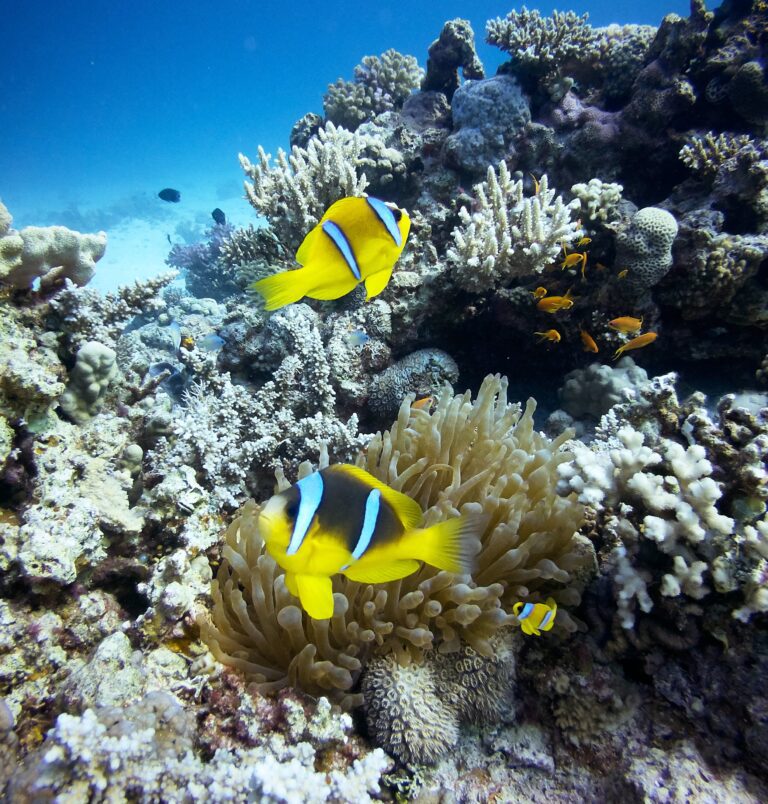Introduction
As the sun sets over the vast expanse of the world’s oceans, millions of seabirds take flight, embarking on incredible migration journeys that span thousands of miles. These journeys, however, are under threat due to human activities that impact the health of our oceans. In this exploration, we delve into the fascinating world of seabird migration, examining the vital role oceans play in these journeys and how conservation initiatives are reshaping the fate of these remarkable avian travelers.
The Significance of Oceans as Migration Pathways for Seabirds
Oceans play a pivotal role in facilitating the incredible phenomenon of seabird migration. These vast expanses of water serve as crucial pathways for seabirds during their migratory journeys, providing them with the necessary resources and conditions for successful navigation. Seabirds, such as albatrosses, petrels, and terns, have evolved to harness the dynamic nature of oceanic environments, utilizing prevailing winds and ocean currents to cover vast distances efficiently. The significance of oceans as migration pathways lies in their ability to offer a continuous and resource-rich route for seabirds, enabling them to access breeding, feeding, and wintering grounds seamlessly.
Key Oceanic Regions Crucial for Seabird Migration
Certain oceanic regions stand out as vital waypoints for seabirds during their migratory travels. The Southern Ocean, for instance, serves as a major highway for several seabird species, including the wandering albatross. This area is teeming with marine life, providing abundant food resources essential for the survival of these long-distance travelers. Additionally, the Arctic and subarctic regions witness significant seabird migration, as species like the Arctic tern cover astonishing distances between their breeding grounds in the high Arctic and wintering areas in the Antarctic. Identifying and preserving these key oceanic regions is imperative for the conservation of seabird populations and the maintenance of their migratory pathways.
Challenges Faced by Seabirds Due to Human Activities in Oceanic Areas
Despite the intrinsic connection between seabirds and oceans, human activities pose significant challenges to these remarkable birds. Overfishing, pollution, and climate change are among the primary threats that adversely affect seabirds in their crucial oceanic habitats. Overfishing depletes the prey species that seabirds rely on, disrupting their food supply chains. Pollution, particularly plastic waste, poses a direct threat to seabirds through ingestion and entanglement. Climate change, with its associated impacts on sea surface temperatures and ocean currents, further complicates the navigational abilities of these birds. Conservation efforts must address these human-induced challenges to ensure the preservation of the oceans as essential migration pathways for seabirds.
Ocean Conservation Initiatives
Around the globe, there has been a concerted effort to address the threats facing marine environments through various conservation initiatives. Organizations such as Oceana, World Wildlife Fund (WWF), and The Ocean Cleanup are at the forefront of these endeavors. These initiatives aim to tackle issues like overfishing, plastic pollution, and habitat destruction. Collaborative efforts between governments, NGOs, and local communities are making strides in implementing sustainable practices, marine protected areas, and raising awareness about the importance of preserving our oceans.
Preserving Seabird Migration Routes
Seabirds play a crucial role in marine ecosystems, and their migratory routes are essential for their survival. Specific projects have been initiated to safeguard these key migration routes. For instance, the Albatross Task Force, a global initiative, focuses on reducing bycatch in longline fisheries, a significant threat to albatross populations. By introducing bird-friendly fishing practices and creating protected zones along migration routes, these projects aim to mitigate the impact of human activities on seabirds.
Impact on Seabird Populations
Conservation measures have shown positive impacts on seabird populations. The implementation of bird-friendly fishing practices, such as using weighted lines and setting lines at night, has significantly reduced accidental bycatch. As a result, albatross and other seabird species are experiencing a decline in mortality rates. Additionally, the establishment of marine protected areas along migration routes provides safe havens for seabirds to rest and forage, contributing to healthier populations.
Impact on Marine Ecosystems
The ripple effect of seabird conservation initiatives extends beyond the bird populations themselves, positively influencing marine ecosystems. Seabirds are known as ecosystem engineers, contributing to nutrient cycling and maintaining the balance of marine food webs. As their populations recover, these vital ecological functions are restored, benefiting the overall health of the oceans. Moreover, by addressing threats to seabirds, conservation efforts indirectly address broader issues like overfishing and habitat degradation, promoting a more sustainable and resilient marine environment.

Case Studies: Successful Conservation Impacts
In recent years, several noteworthy case studies have illuminated the positive impacts of ocean conservation efforts on seabird migration. One such success story involves the restoration of key foraging habitats along migratory routes. Coastal ecosystems, critical for seabirds in search of food, have been rehabilitated, leading to increased prey availability. This, in turn, has bolstered seabird populations and contributed to smoother migration cycles.
Another compelling case is the establishment of marine protected areas (MPAs) strategically positioned along major migratory pathways. These areas act as safe havens for seabirds, shielding them from various threats such as overfishing and pollution. These initiatives have not only safeguarded crucial breeding and feeding grounds but have also curbed human-induced disturbances, enabling seabirds to navigate their migration routes with reduced disruptions.
Replication and Expansion of Success Stories
To replicate and expand these success stories, a multi-pronged approach is essential. Collaborative efforts between governments, NGOs, and local communities are imperative for implementing and enforcing conservation measures. Public awareness campaigns can further garner support, emphasizing the interconnectedness of healthy ocean ecosystems and seabird migration. Moreover, adopting adaptive management strategies that incorporate ongoing research findings can ensure the continued success of conservation initiatives.
Community engagement is pivotal for sustainable conservation efforts. By involving local populations in the decision-making process, it becomes possible to address unique challenges and tailor conservation strategies to specific regions. The replication of success stories also requires a commitment to long-term monitoring and evaluation, allowing for adaptive management and continuous improvement.
Role of Technological Advancements
Technological advancements have played a crucial role in tracking seabirds and assessing the impacts of conservation efforts. Satellite telemetry and GPS tracking devices have provided unprecedented insights into seabird behavior, migration patterns, and habitat utilization. This data aids conservationists in identifying critical areas for protection and assessing the effectiveness of implemented measures.
Drones equipped with high-resolution cameras have become invaluable tools for monitoring seabird colonies, offering a non-intrusive means of collecting crucial information without disturbing the birds. Additionally, advancements in environmental DNA analysis enable researchers to identify the presence of specific species in different habitats, contributing to a more comprehensive understanding of seabird distribution.
Challenges in Preserving Seabird Migration Routes
Preserving seabird migration routes faces numerous ongoing challenges that demand urgent attention. Climate change poses a significant threat, altering oceanic conditions and affecting the availability of prey. Shifts in sea surface temperatures and currents disrupt the distribution of fish, impacting the seabirds’ foraging patterns. Additionally, human activities such as overfishing and pollution contribute to the degradation of marine ecosystems, further jeopardizing the resources essential for seabird survival. The challenge lies in creating adaptive conservation strategies that account for the dynamic nature of these migration routes and their vulnerability to environmental changes.
Future Threats and the Need for Sustained Conservation Efforts
As we look ahead, potential future threats loom over seabird migration routes. The escalating impacts of climate change, including sea-level rise and extreme weather events, pose direct risks to nesting sites and feeding areas. Habitat loss due to coastal development exacerbates these threats. It is imperative to anticipate and address these challenges proactively. Sustained conservation efforts are essential, focusing on habitat restoration, climate change mitigation, and stricter regulations to curb harmful human activities. By fostering a holistic and forward-thinking approach, we can fortify the resilience of seabird migration routes against impending threats.
Collaborative Approaches for Effective Conservation
Addressing the challenges of preserving seabird migration routes requires collaborative efforts from governments, non-governmental organizations (NGOs), and local communities. Governments play a pivotal role in enacting and enforcing protective policies and regulations. NGOs contribute through research, advocacy, and on-the-ground conservation initiatives. Local communities, intimately connected to these ecosystems, can provide valuable insights and participate in community-based conservation projects. Collaboration fosters a synergy that strengthens the effectiveness of conservation measures. Education and awareness campaigns also play a crucial role in garnering public support and participation, creating a collective responsibility for the protection of seabird migration routes. Through shared responsibility and concerted action, we can navigate the complex challenges and secure a sustainable future for these vital marine pathways.
Video Credit: Be Brave To Act
FAQs
Q. How do seabirds navigate across vast oceans?
A. Seabirds navigate using a combination of celestial cues, Earth’s magnetic field, and visual landmarks, showcasing remarkable navigational skills.
Q. Why are forage fish essential for seabirds?
A. Forage fish provide a primary food source for many seabird species, offering a crucial link in the marine food web.
Q. Can conservation efforts truly reverse the impact of overfishing on seabirds?
A. Yes, well-managed conservation efforts, including sustainable fishing practices and protected marine areas, can contribute to the recovery of seabird populations.
Q. How does climate change affect the timing of seabird migrations?
A. Climate change alters oceanic conditions, affecting the availability of prey species, subsequently influencing the timing and routes of seabird migrations.
Q. What role do seabird-friendly fisheries play in conservation?
A. Seabird-friendly fisheries implement measures to reduce bycatch and mitigate the impact of fishing activities on seabird populations.
Q. Are there global initiatives addressing the dual challenges of overfishing and climate change?
A. Yes, international collaborations and initiatives focus on addressing overfishing and climate change to safeguard both marine ecosystems and seabird populations.
Conclusion
As we navigate the complex tapestry of ocean conservation and seabird migration, it becomes evident that the health of these ecosystems is intricately linked. The positive impacts of conservation initiatives on seabird migration routes not only safeguard the incredible journeys of these avian wanderers but also contribute to the overall vitality of marine environments. As we move forward, it is our shared responsibility to continue fostering global collaborations, innovative technologies, and sustainable practices to ensure that seabirds can traverse the oceans unimpeded, leaving a legacy of thriving ecosystems for generations to come.
UP NEXT
The Importance of Coastal Restoration in Climate Change Adaptation



